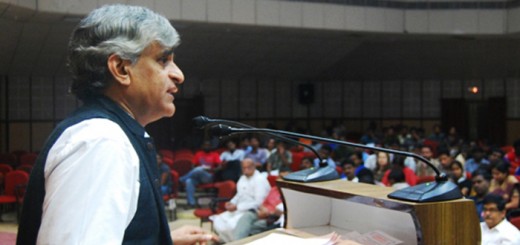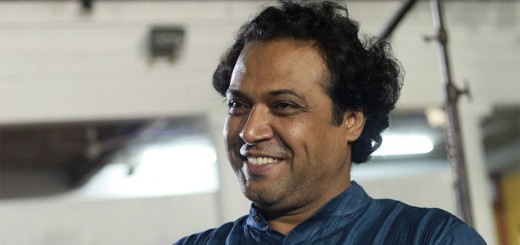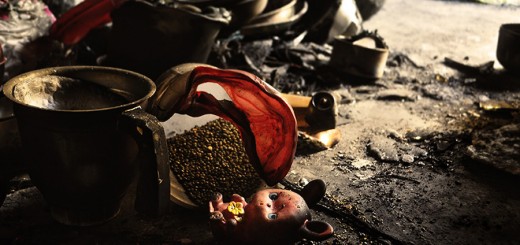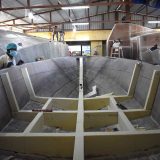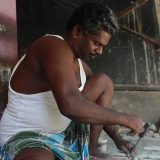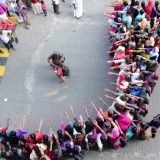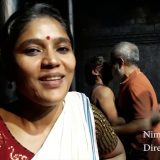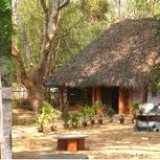Click the Truth
I created this project as a way to teach photography to students who may have never held a camera before, as well as a way to explore class differences within Tamil Nadu. I wondered if perhaps these differences may manifest in the ways that children portray their environments through photography.
I prepared ten disposable cameras to distribute to three different groups of children. The first group ranged from 7 to 14 and went to the Light House school in Pondicherry. The second group ranged from 8 to 15 and went to CC in Kalapet. The third group ranged from 12 to 15 and were students and residents at Baby Sara’s Home in Ariyankuppam. All of these groups included both girls and boys. Their economic backgrounds were very different, and the class structure of Indian life has made their experiences greatly varied. Their levels of English proficiency also varied. However, all of these students were young, inexperienced with photography, but willing to learn and share their worlds with us.
A typical workshop involved a brief introduction with each other. Shiva, a volunteer at Tamil Unltd., mediated the language barrier by acting as an interpreter and a figure whom the children listened to and respected. Through him, we were able to introduce ourselves and began to form a relationship with the children. Shiva joined the class in a brief prayer, and then we distributed the cameras. On the back of each camera, we had drawn instructions so that the children would know how to operate the flash, how to move to the next picture, and how to frame their subject. I also demonstrated these techniques to them with a spare camera. After some practice and answering any questions, we let the children wander around their neighbourhood for an hour. Small groups formed naturally: friends wandered to favourite hang-out spaces like the beach or a pigeon coop, and others went to homes, local bars, or alleyways to depict images that they connected with their everyday life. Shiva, I, and our other volunteers followed these separate groups of children to watch them choose their subjects and take photographs. We were able to help those who needed guidance or more instructions on how to take pictures. We showed them how to frame their subjects and asked them questions about why they chose these subjects. We learned about their families, their favourite activities, their thoughts. We learned what they liked and didn’t like about their homes, what they thought about their society, and what they dreamt. Throughout the exercise, these children continuously astounded me with their creativity, thoughtfulness, and willingness to share their experiences. Though the language barrier was a major obstacle in the classroom (where we relied on Shiva to communicate), once we were out in the neighbourhood taking photographs, it was as though there was no language difference.
After each session, we developed the photographs and showed the children their own work. Shiva again helped us lead group discussions about photography and the experience. We gave the photographs back to the children, and asked each to write a brief reflection about the photographs they had taken. Why did they choose the subject? What does it mean to them, and why is it important to share this image with the rest of the community?
Though this ‘reflection’ session was our last interaction with the children, I believe that the project does not end here. I learned much through this experience. I was able to gauge the successes and failures of this particular approach to the project, and I am very grateful for the support and experience. Together with Shiva and Tamil Unltd., we are creating a book of the children’s work and their writing. It is my hope that I can find funding to continue this project on a larger scale in the future. I also plan on staying in touch with the children from this program so that I can lend encouragement and support with their photography, and to see the long-term effects of this project more clearly.
Here is a gallery of the photographs taken by the children
[soliloquy id=”2939″]
Kim Magnan

